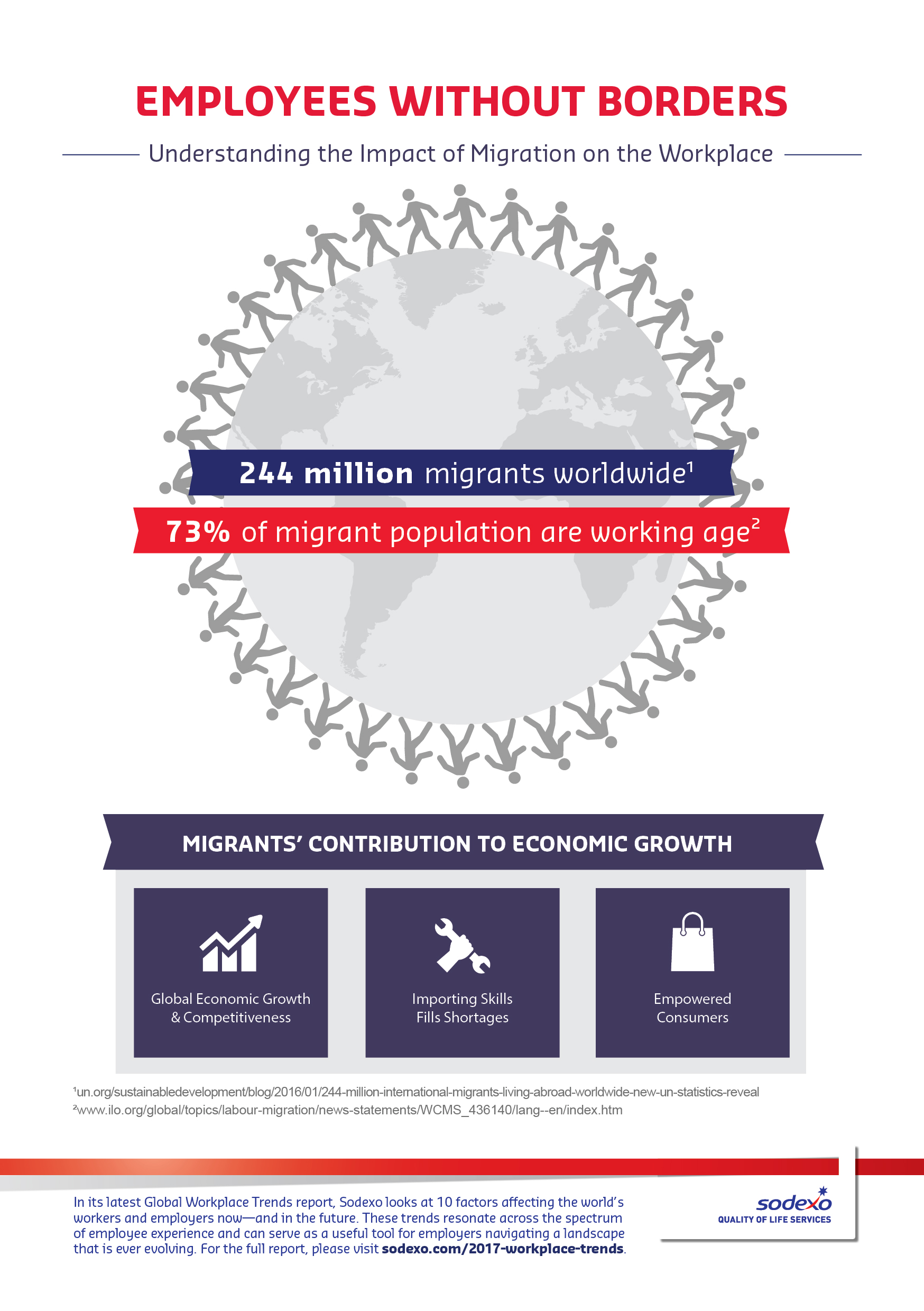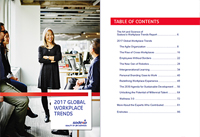Employees without borders
Understanding the impact of migration on the workplace
NOW
UN estimates put the number of migrants across the globe at 244 million, or 3.3% of the world’s population. The business community has a role to play in helping to facilitate the integration of migrants. This is more than corporate social responsibility; it can and should be about shaping the sort of labor market that businesses need — one that is skilled, employed and engaged. Organizations are more frequently welcoming migrants into the workforce and leveraging their talents with an understanding of their immense value proposition.
NEXT
Corporations that make real efforts to promote a sense of belonging and a culture of inclusion among their workforces will be better equipped to fill talent shortages, enhance talent mobility and facilitate the ease of movement for loyal and engaged workers between countries and places of business. In the years ahead, those companies that already have corporate cultures with deep foundations in diversity and inclusion will be best suited to rise up to help their communities and, in turn, their countries by recruiting and integrating migrants.
To go further
About the 2017 Global Workplace Trends
Every year, Sodexo looks at the main factors affecting the world’s workers and employers now — and in the future. These trends resonate across the spectrum of employee experience and can serve as a useful tool for employers navigating a landscape that is ever evolving.


